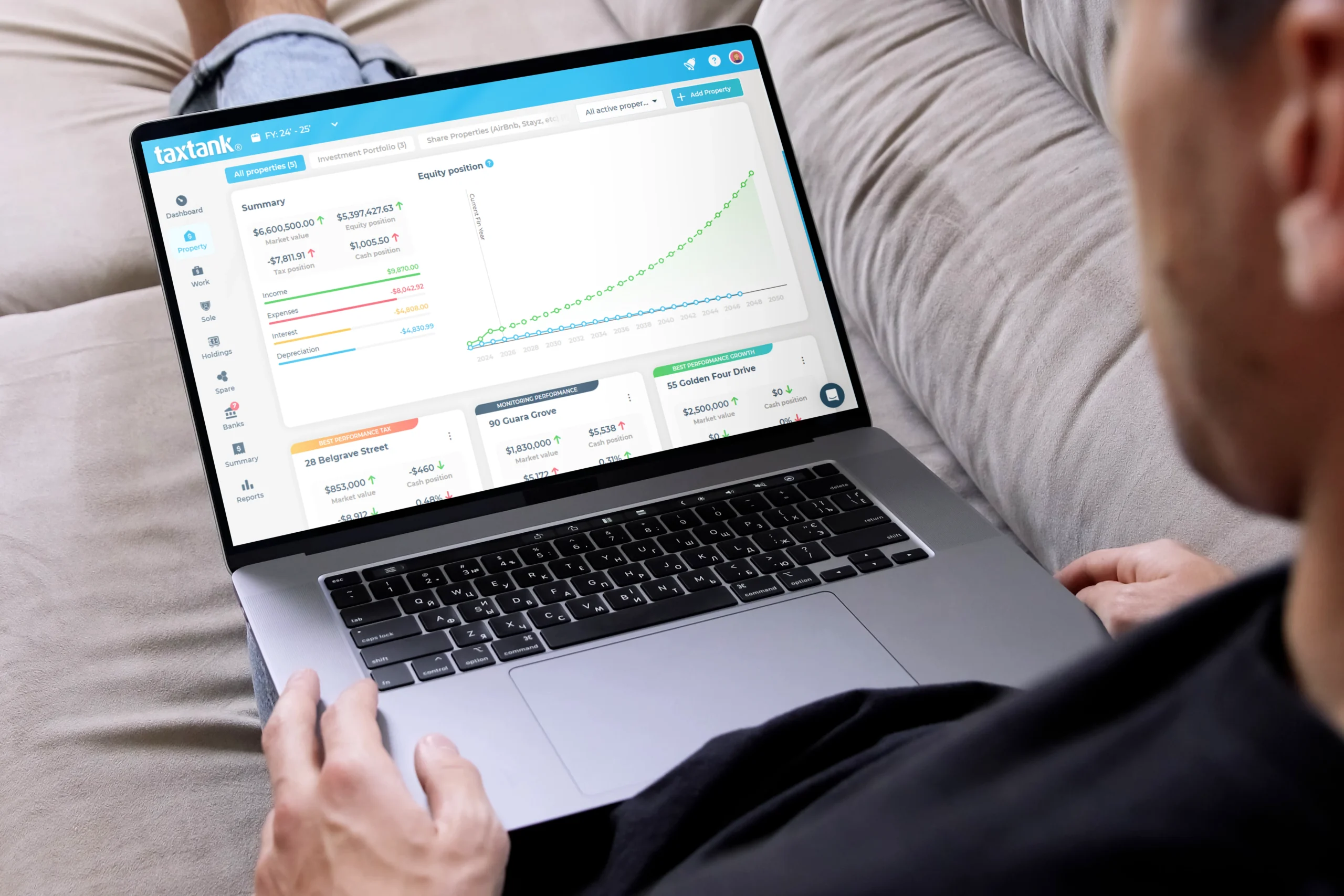Because doing so makes a lot of sense. And can save you lots of dollars and cents too! You’ve already done a lot of the hard work: driving and maintaining your car for work-related purposes, keeping a record or logbook, and paying your tax as you go. Now it’s time to focus on what the ATO is focusing on this year when it comes to car claims. That way, you will be well placed to ensure a healthy tax return and optimised car claims. After all, you deserve it. Driving your car for work is work. It’s no Sunday cruise through the countryside, which would be nice. However, we digress. It’s time to get focused!
What focusing on car claims from the ATO means for you this upcoming tax season
This year, the ATO is focusing on two specific areas in relation to car claims. The first is ensuring that taxpayers are only claiming the work-related portion of their car expenses. The second is making sure that taxpayers are not claiming private expenses as work-related expenses.
To make sure you are only claiming the work-related portion of your car expenses, you will need to have a record of your car usage. This can be in the form of a logbook or an app that records your car usage. The ATO has a specific app that they recommend and you can find it here. Once you have this record, you will need to calculate what percentage of your car use was for work purposes. This is important because it will determine how much of your car expenses you can claim as a deduction.
Top tax time tips for making car claims
First off, it’s important to know what the ATO constitutes as a car for work-related and tax purposes. Interestingly enough, a supercar would make the cut (if you happen to use it for work, of course!). It’s also important to know what expenses you can claim. The ATO set these out as follows:
- fuel and oil
- repairs and servicing
- interest on a motor vehicle loan
- lease payments
- insurance cover premiums
- registration
- cleaning
- depreciation (decline in value).
To make sure you are not claiming private expenses as work-related expenses, the ATO recommends that you keep two sets of records: one for work-related car expenses and one for private car usage. You could use a spreadsheet to keep track or step it up with a digital solution to allocate transactions from live bank feeds to maximise eligible car expenses and ensure nothing is ever missed, plus upload receipts to keep the ATO happy (always a good idea..).
By following these tips, you can be sure that you are claiming the correct (maximum) amount of car expenses on your tax return. And that can mean more money in your pocket this tax season! So don’t delay, get started on your car claims today.
Final thoughts
The innovative tax platform rolled out by TaxTank allows users to select the best car claims method (cents per kilometre or logbook) that will give you the biggest refund with live bank feeds and secure document storage. Using TaxTank means you can move easily between the methods at any time of year to ensure you maximise your car claims legally. When you keep a logbook with TaxTank the software will automatically calculate your best 12 week period to ensure you are getting the most out of your work-related car claims. For the cents per kilomoetres method, you can select your annual kms from the slider, or keep a logbook record for the whole year to ensure no km is missed. And if you find that your circumstances change and you need to update your logbook claim percentage, all your vehicle expenses, including depreciation and interest on loans, will automatically update for the whole year at the press of a button!
Using TaxTank means maximising your deductions the easy way. Why not test it out for yourself by signing up for a free trial?





